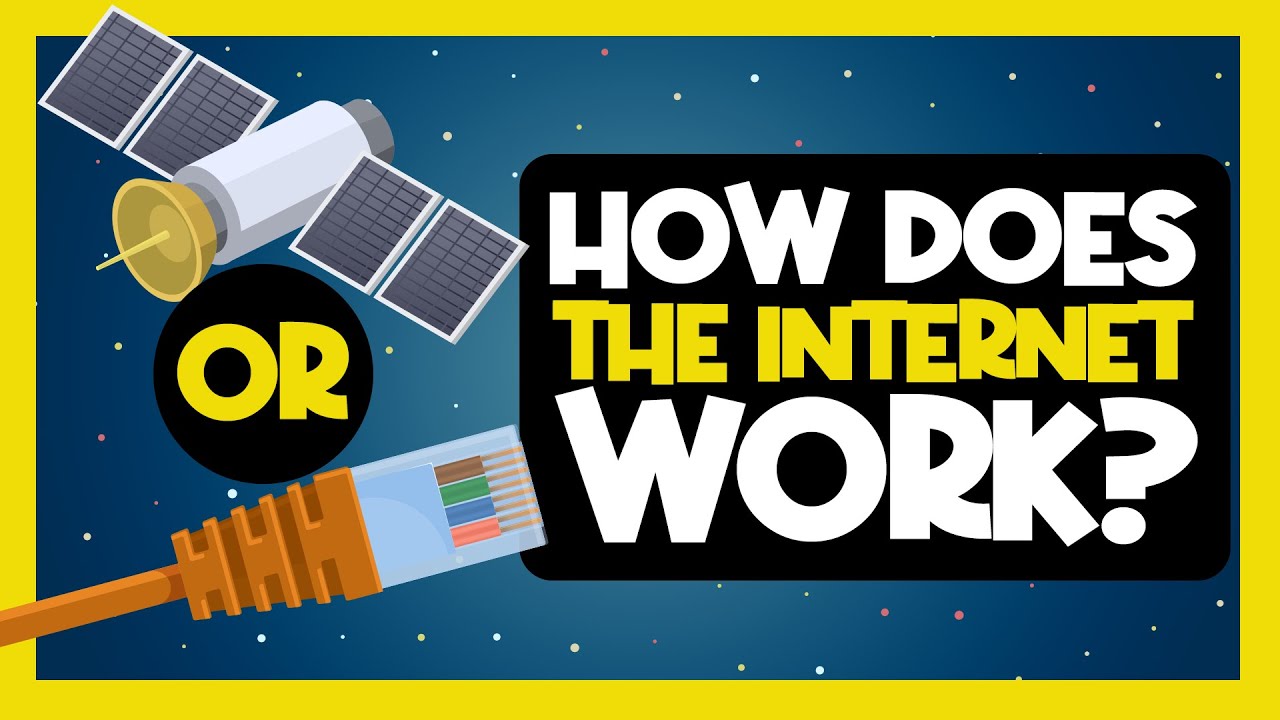Battle Of The Cables: Comparing Cable And Fiber Internet
Summary
TLDRIn this video, Ron Brown from Tech for Senior compares cable and fiber internet services. After 30 years with cable, he switched to fiber for cost savings and better performance. He explains the differences between the two technologies—fiber uses light while cable runs on copper wires—and highlights that fiber offers faster, symmetrical speeds (equal upload and download) compared to cable's slower upload rates. He discusses his installation process and emphasizes that fiber provides greater flexibility and future-proofing, especially with increasing demands from technologies like AI and streaming.
Takeaways
- 📡 Cable and fiber optics differ primarily in how they deliver data from the telephone pole to your home.
- 🔌 Cable uses copper wiring and electrical power to transmit data, while fiber optics uses light for data transmission.
- 💡 Fiber optic technology is faster and more symmetrical, offering equal upload and download speeds, whereas cable typically offers slower upload speeds compared to download speeds.
- ⚡ DOCSIS (Data Over Cable Service Interface Specification) is the standard used for cable modems, with DOCSIS 3.1 or 4.0 determining the speed limits of cable internet.
- 📈 Cable systems generally provide a maximum download speed of 1.5 Gbps, but upload speeds are significantly lower.
- 🚀 Fiber optic connections allow for higher symmetrical speeds, up to 8 Gbps, offering greater flexibility for future upgrades.
- 💰 Switching from cable to fiber saved the speaker $1,800 a year, highlighting cost savings as a major reason for the switch.
- 📶 Fiber installations typically involve two steps: external cabling from the pole to the home, followed by setting up internal equipment like fiber modems and routers.
- 🏠 Fiber provides a more efficient setup for home networks, including mesh routers for better coverage and optional phone services.
- 🌐 The speaker believes fiber is more future-proof, especially with increasing demand for faster upload speeds and evolving technologies like AI.
Q & A
What is the main difference between cable and fiber internet?
-The main difference is that cable internet uses copper wires while fiber internet uses fiber optic lines. Cable internet is transmitted through coaxial cable, and fiber internet uses light pulses through fiber optic cables.
Why did Ron Brown switch from cable to fiber internet?
-Ron Brown switched from cable to fiber internet because he saved $1,800 in a year by negotiating a better deal with the fiber optic company.
What is DOCSIS and how does it relate to cable internet?
-DOCSIS stands for Data Over Cable Service Interface Specification. It is the technology used by cable internet providers to transmit data over coaxial cables. The version of DOCSIS in a cable modem cannot be updated, and it is typically DOCSIS 3 or 3.1.
What is the speed asymmetry in cable internet?
-The speed asymmetry in cable internet refers to the difference between download and upload speeds. For example, a 1 Gbit cable connection may have a download speed of 1 Gbit but an upload speed of about 100 megabits.
How does fiber internet differ from cable internet in terms of upload speed?
-Fiber internet offers symmetrical speeds, meaning the upload speed is equal to the download speed. In contrast, cable internet typically has a slower upload speed compared to its download speed.
What is the maximum download speed currently provided by cable services according to the script?
-The maximum download speed currently provided by cable services is 1.5 Gbits.
What is the advantage of fiber internet over cable internet in terms of speed options?
-Fiber internet allows for greater flexibility in speed options, with the ability to order up to 1 Gbit, 2 Gbits, 4 Gbits, or even 8 Gbits of download speed.
What equipment is typically used in a fiber internet setup?
-A fiber internet setup typically includes a fiber modem, a router with high-speed ports, and sometimes a mesh router for extended coverage.
How did Ron Brown make the transition from cable to fiber internet in his home?
-Ron Brown had an underground conduit in place from a previous recabling, which made it easy for the fiber company to run the fiber optic cable into his house. The transition involved an outside crew connecting the fiber line and an inside crew setting up the modem and router.
What is the current state of cable internet in the United States according to the script?
-Cable internet is quickly dying in the United States, with fiber internet and 5G home internet services becoming more prevalent.
What is the significance of the technological revolution mentioned in the script?
-The technological revolution mentioned includes the creation of the internet, the invention of the cell phone, and the emergence of artificial intelligence. These advancements are significantly changing our lives and require more computing power and higher internet speeds.
Outlines

此内容仅限付费用户访问。 请升级后访问。
立即升级Mindmap

此内容仅限付费用户访问。 请升级后访问。
立即升级Keywords

此内容仅限付费用户访问。 请升级后访问。
立即升级Highlights

此内容仅限付费用户访问。 请升级后访问。
立即升级Transcripts

此内容仅限付费用户访问。 请升级后访问。
立即升级浏览更多相关视频

Internet Connection Types - CompTIA A+ 220-1101 - 2.7

AirFiber vs Broadband Which is Best?🤔 Testing New Jio AirFiber & Airtel Airfiber 🔥Speed & Price

FOA Lecture 1: Fiber Optics & Communications

Cara Kerja Internet

How the Internet Works in 4 Minutes | Animation Video

5 Senior Concierge Services You Can Start in 2025 (That Actually Make You Money)
5.0 / 5 (0 votes)
